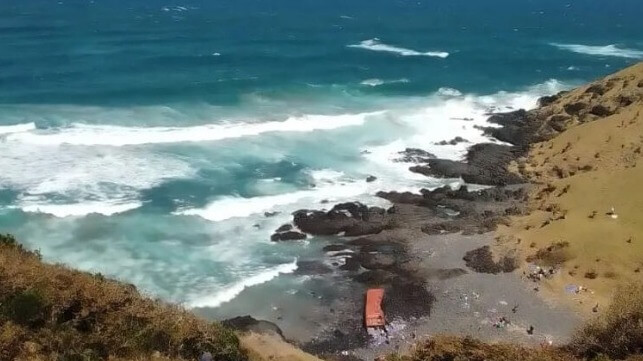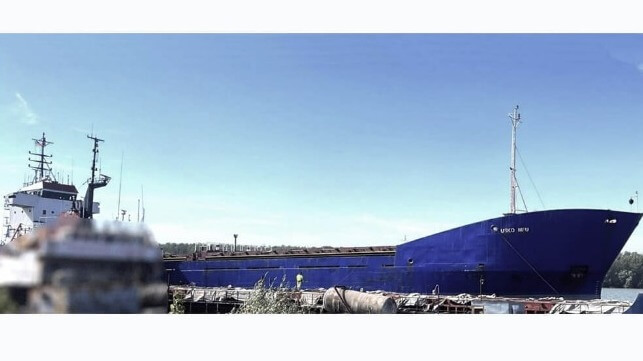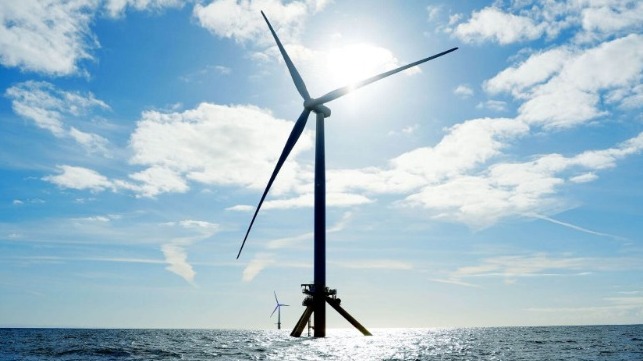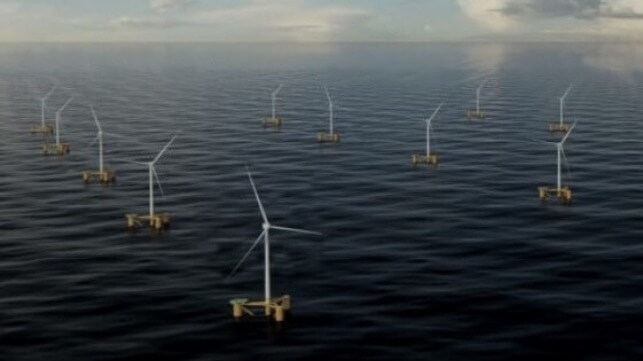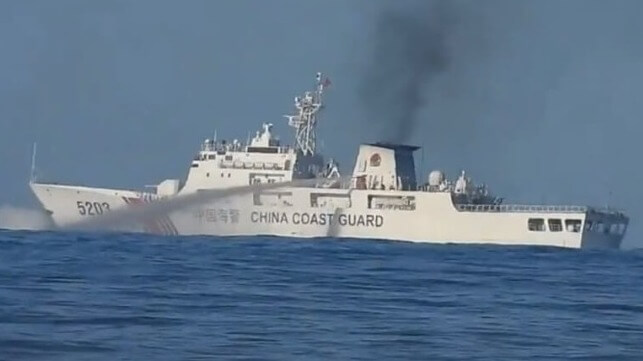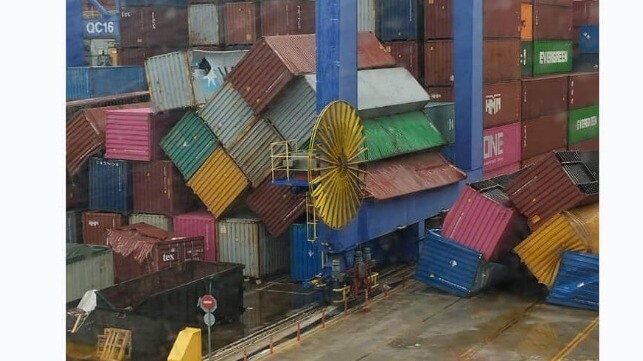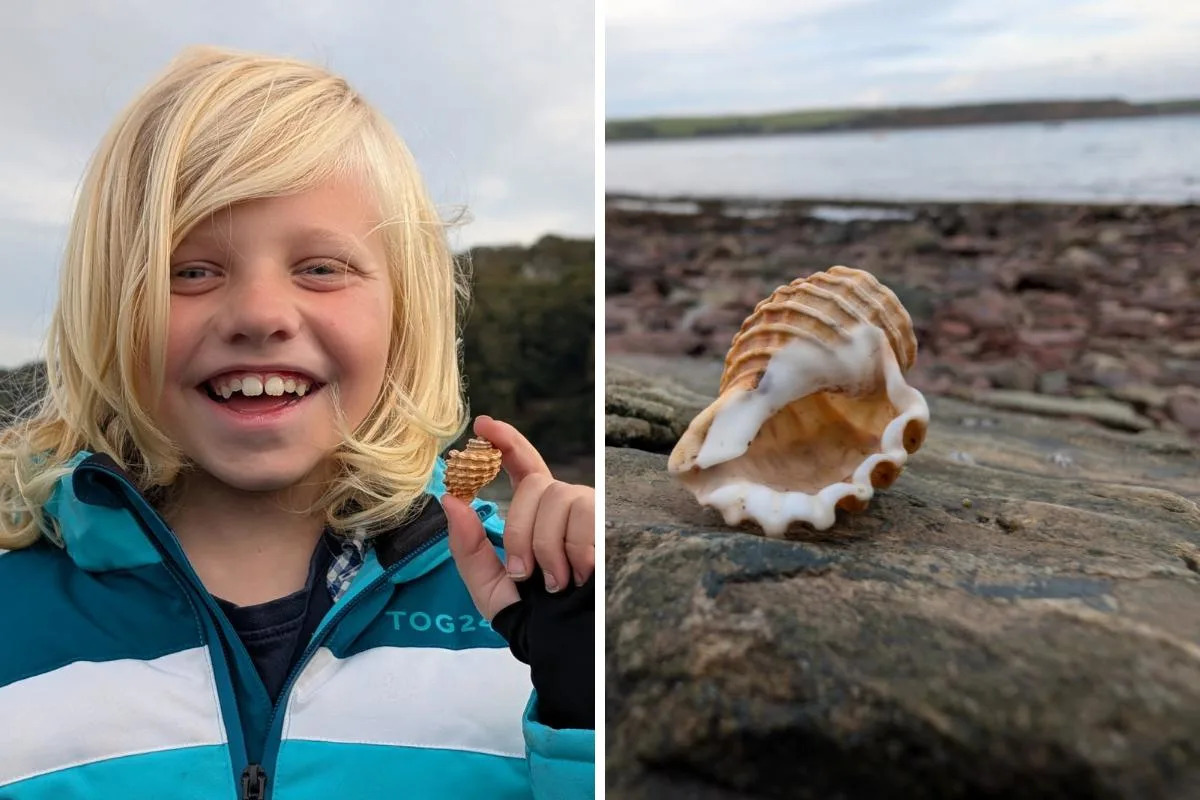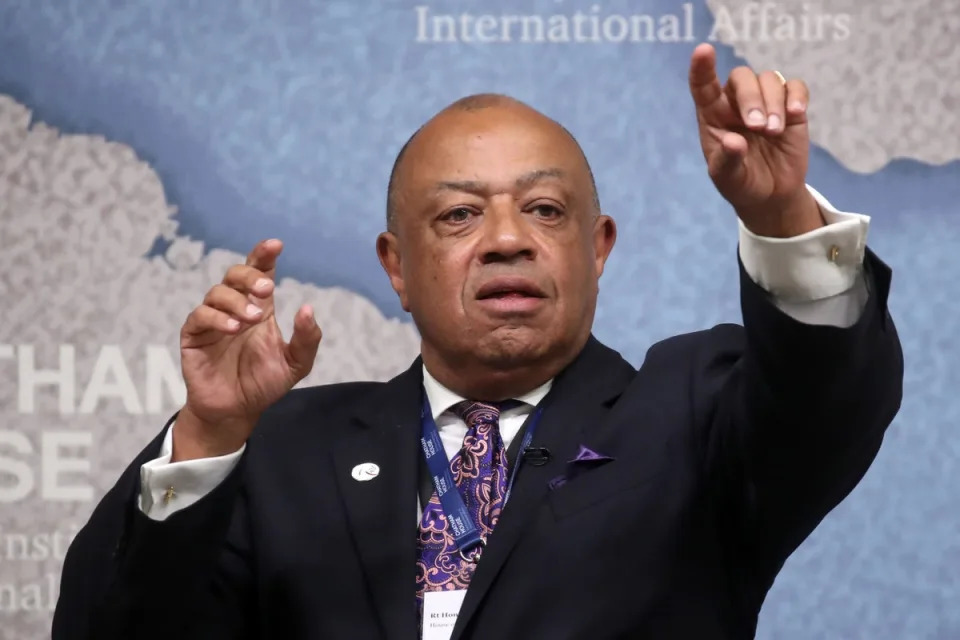Container Imports Projected to Level Off at Strong Volumes After ILA Strike
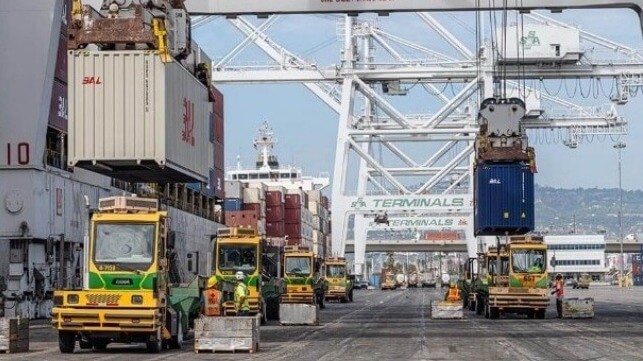
After a surge to get merchandise, equipment, and supplies into the U.S. ahead of the long-promised but short-lived International Longshoremen’s Association strike, the forecast is that container import volumes will level off for the remainder of 2024. Ports however have managed well with the increased volumes of 2024 with delays declining and are now rebounding quickly from the three-day strike last week.
Total U.S. import container volumes reached over 2.52 million TEU in September according to Descartes, a software platform for logistics-intensive businesses. They highlight that it was the second time this year import volumes surpassed 2.5 million TEU and the third month in a row that imports surpassed 2.4 million TEU. Total volumes were up 1.7 percent versus August but a significant 14.4 percent versus a year ago calculates Descartes. They also highlight the import volumes in September increased by 23.5 percent over pre-pandemic September 2019.
Ports handled unusually large volumes of cargo beginning this spring as importers brought in goods early because of the potential for a strike and shifted a number of vessels to the West Coast, according to the National Retail Federation. They believe that wholesalers, retailers, and industrial companies brought “contingent imports” through the ports in anticipation of the ILA strike creating some of the increases in volumes.
Descartes highlights that at the current volumes, U.S. maritime logistics were historically strained. However, with increased capacity and better management, ports are more prepared and Descartes notes port transit time delays have decreased.
“Despite a third month of elevated container import volumes, port transit delays improved at the majority of the top 10 U.S. ports in September,” said Jackson Wood, Director, Industry Strategy at Descartes. “Imports from China are contributing to overall U.S. volumes, posting the three highest monthly volumes on record in July, August and now September.”
The retail trade association expects now that the ILA contract has been extended till January 15, 2025, import volumes will level off compared to 2023 for the remainder of the year. They note that August was more than 19 percent ahead of a year ago and was the highest volume since the record set in May 2022. However, they pointed out that it was less than one percent ahead of July 2024, and they project volumes peaked in August but should “continue at elevated levels.”
“It was a huge relief for retailers, their customers, and the nation’s economy that the strike was short-lived,” said Jonathan Gold, NRF Vice President for Supply Chain and Customs Policy. “The strike wasn’t without impacts – retailers who brought in cargo early or shifted delivery to the West Coast face added warehousing and transportation costs.”
The NRF forecasts volumes of just over 2 million TEU in October and slipping to 1.92 million in November and 1.89 million in December. They project that the last two months of 2024 will level off at just one percent ahead of 2023. Despite that, their projected total for 2024 is 24.9 million TEU which would be up over 12 percent versus 2023.
For all of 2024, the NRF is forecasting that retail sales – excluding automobile dealers, gasoline stations, and restaurants to focus on core retail – will grow between 2.5 and 3.5 percent over 2023. They also predict that 2025 will start on a positive note with container imports forecast at 1.98 million TEU which would be up nearly one percent of 2024.
